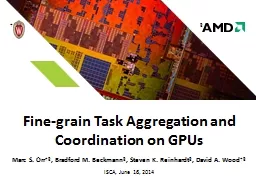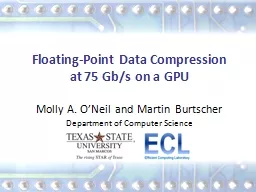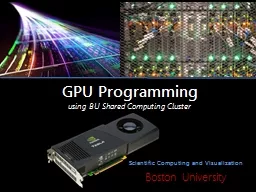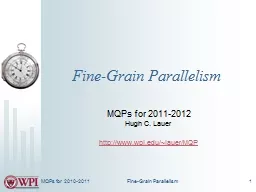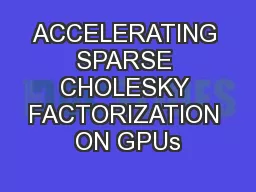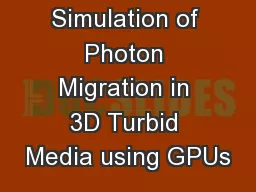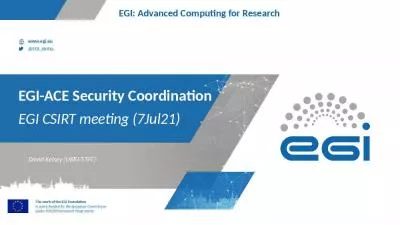PPT-Fine-grain Task Aggregation and Coordination on GPUs
Author : danika-pritchard | Published Date : 2016-07-17
Marc S Orr Bradford M Beckmann Steven K Reinhardt David A Wood ISCA June 16 2014 Executive Summary SIMT languages eg CUDA amp OpenCL restrict GPU programmers
Presentation Embed Code
Download Presentation
Download Presentation The PPT/PDF document "Fine-grain Task Aggregation and Coordina..." is the property of its rightful owner. Permission is granted to download and print the materials on this website for personal, non-commercial use only, and to display it on your personal computer provided you do not modify the materials and that you retain all copyright notices contained in the materials. By downloading content from our website, you accept the terms of this agreement.
Fine-grain Task Aggregation and Coordination on GPUs: Transcript
Download Rules Of Document
"Fine-grain Task Aggregation and Coordination on GPUs"The content belongs to its owner. You may download and print it for personal use, without modification, and keep all copyright notices. By downloading, you agree to these terms.
Related Documents

